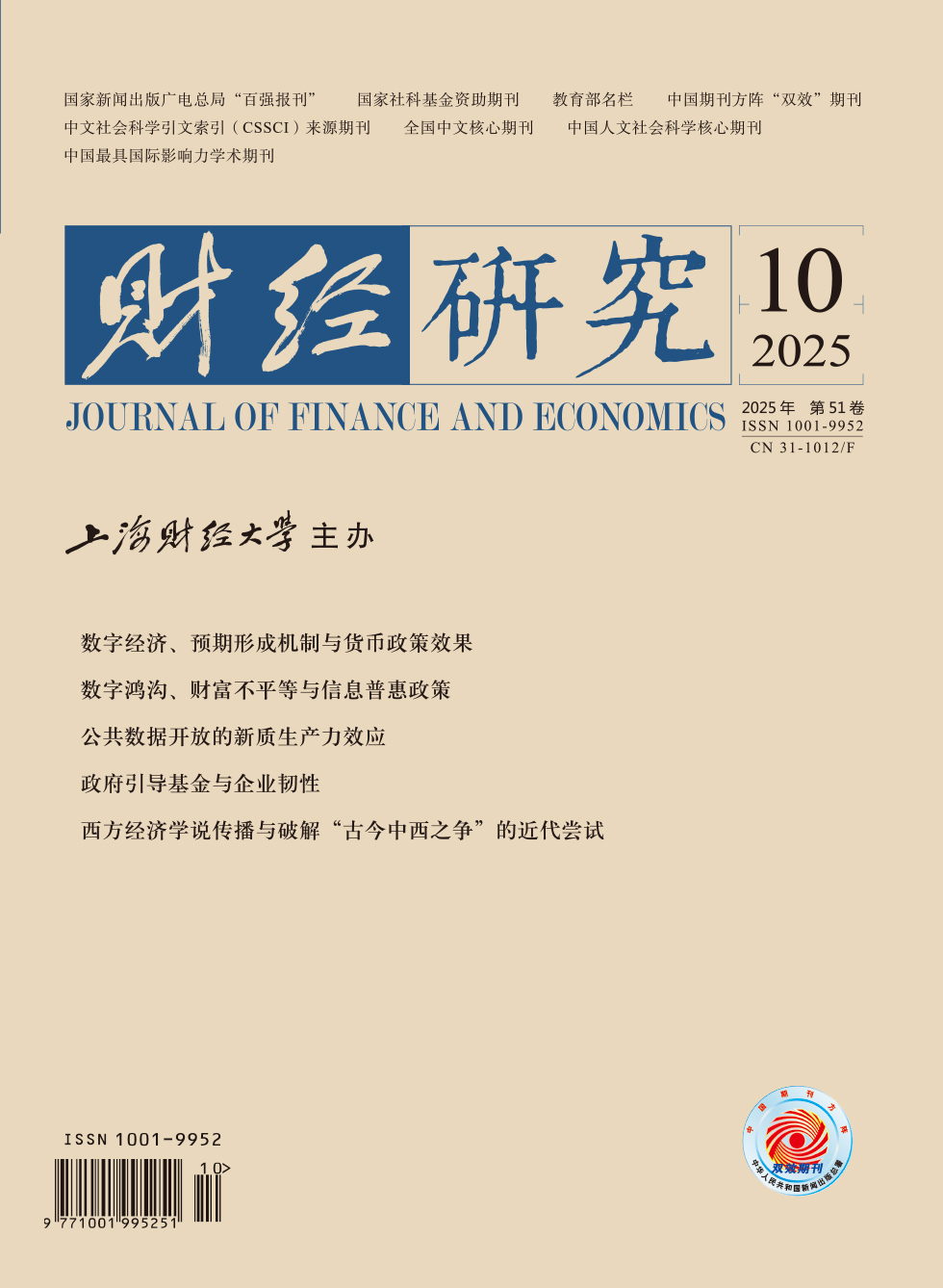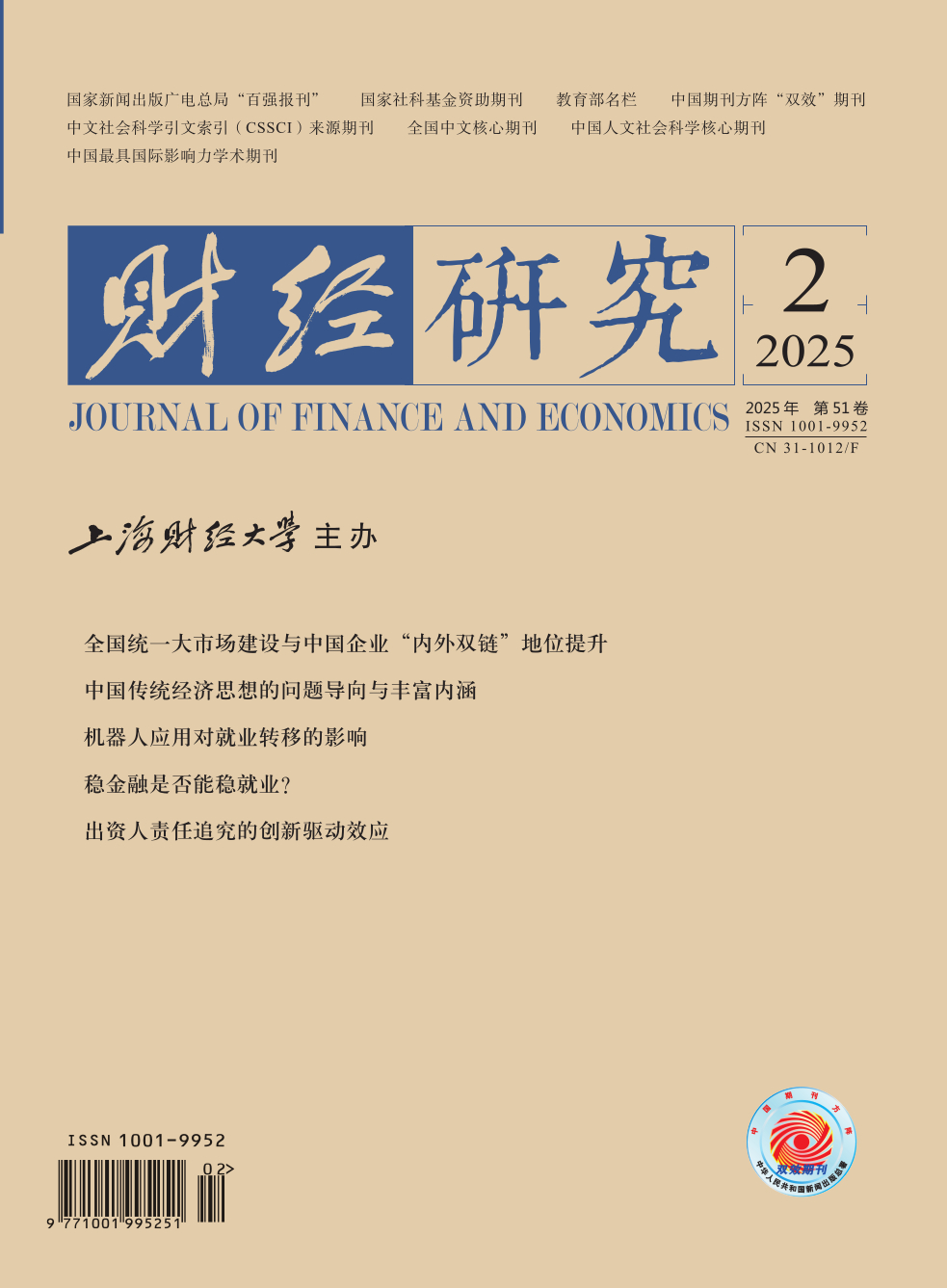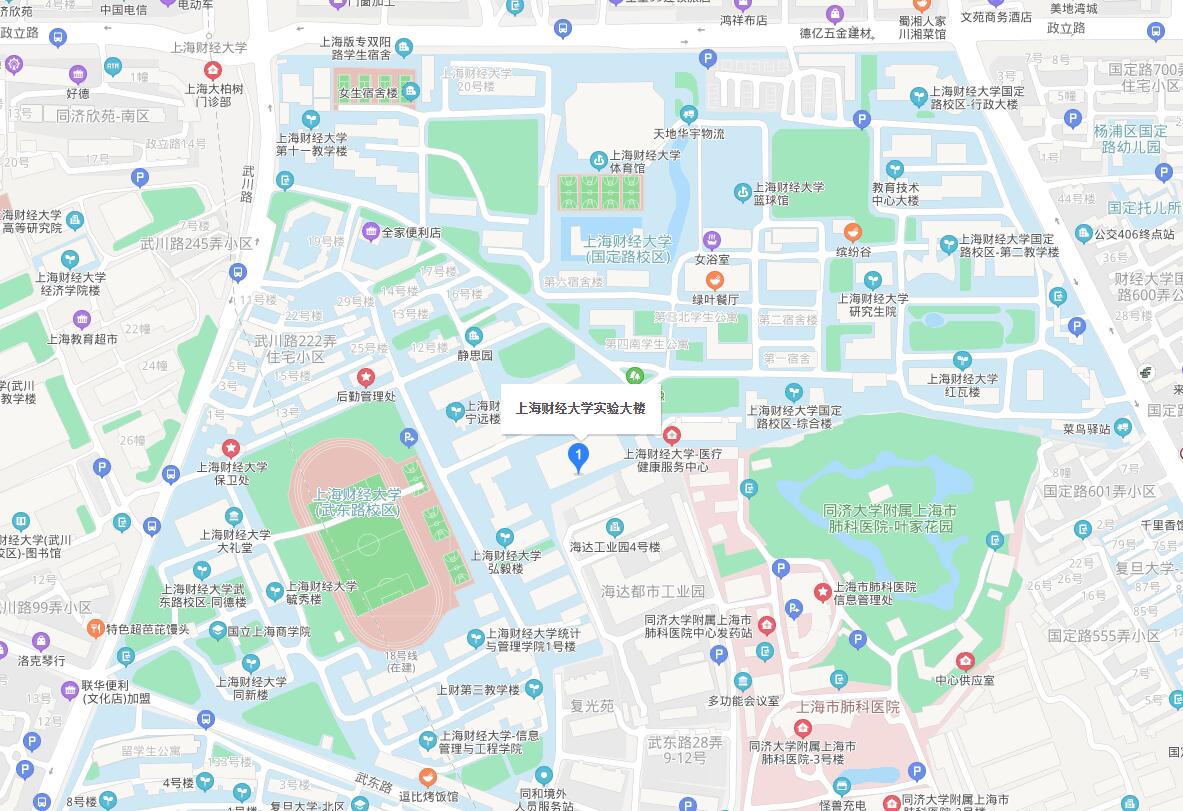New technologies such as AI and robots are strategic technologies leading a new wave of scientific and technological revolution, and their widespread adoption has brought enormous uncertainty to the job market. Due to the vast territory of China and the strong mobility of labor between regions, the research from the perspective of employment transfer has greater theoretical value and practical significance.
Based on the data of the China Family Panel Studies and the exposure of urban robots, this paper uses the ordered Logit model to study the impact and mechanism of robot applications on employment transfer. The results show that the application of local robots promotes the return of labors to cross-provincial employment, but the impact on cross-city return within the province is weak, and this effect is more obvious in middle-skilled and low-skilled labors. In terms of influencing mechanism, robot applications promote employment return by narrowing the differences in income levels and industrial distribution between regions. In the process of robot applications affecting employment transfer, the scarcity of urban land and other resources plays a key role, which limits the employment creation effect caused by robot applications, hinders the growth of local employment demand, and leads to the weakening of employment return and the enhancement of employment crowding out in cities with higher resource constraints.
The marginal contributions of this paper are as follows: First, it analyzes the impact of robots on the trajectory and direction of labor flow, and more comprehensively and three-dimensionally presents the impact of robot technology on China’s employment market. Second, taking resource constraints as the starting point, it explores the causes of labor mobility. Third, from the perspective of differences in income levels and industrial distribution, it discusses the mechanism of robot applications affecting employment return.





 3478
3478  6474
6474

